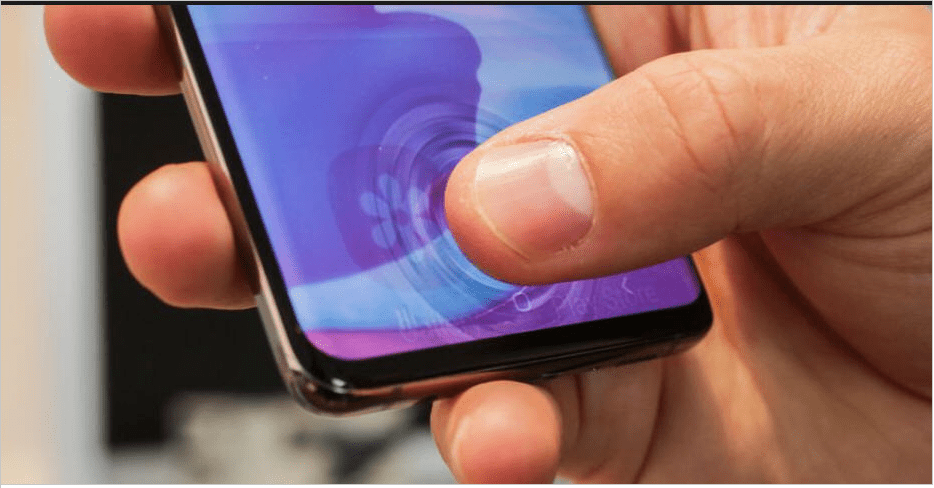Skip to content
Patents to Products – Samsung phone
admin2023-06-15T17:13:20+00:00
 (Published in 2019)
(Published in 2019)
The Samsung Galaxy S10 is more successful than expected in the US, with sales running around 10 percent better than the Galaxy S9 did, according to figures from Counterpoint Research. Counterpoint and Wave7 Research surveyed US carrier stores to find out how well phones are selling in this critical channel. According to Wave7, Apple’s iPhones still have more than 50 percent sales share at all four carriers, although they’ve been dropping steadily over the past three months at AT&T, Sprint, and T-Mobile.
Samsung’s overall percentages of sales over the past 30 days are now 28 percent at AT&T, 30 percent at Verizon, 38 percent at Sprint, and 35 percent at T-Mobile, with Galaxy S10+ units selling out quickly, Wave7 says. iPhone users switching to Samsung are more common this year, according to carrier reps.
There are many patents for the Samsung Galaxy S10. One fingerprint sensor patent (10,262,184; April 16, 2019; by Samsung Electronics Co., Ltd.) details the following:
“An aspect of the present disclosure is to provide a method of activating a fingerprint sensor included in a display based on a pressure value sensed by a pressure sensor and of performing various functions depending on a fingerprint verification result from the fingerprint sensor, and an electronic device for performing the method.
In accordance with an aspect of this disclosure, an electronic device is provided. The electronic device includes a housing including a first surface facing in a first direction, and a second
surface facing in a second direction opposite from the first direction, a touchscreen display interposed between the first and second surfaces, and exposed through the first surface, a pressure sensor interposed between the first and second surfaces, in which the pressure sensor is positioned to sense pressure of an external object against the touchscreen display, a fingerprint sensor interposed between the first and second surfaces and positioned to detect a fingerprint on at least a portion of the touchscreen display, at least one processor positioned inside the housing and electrically coupled to the touchscreen display, the pressure sensor, and the fingerprint sensor, and a memory positioned inside the housing and electrically coupled to the at least one processor, in which the memory stores at least one registered fingerprint. The memory may store instructions that, when executed, cause the processor to sense pressure of a user’s finger against the touchscreen display using the pressure sensor, activate the fingerprint sensor upon sensing of the pressure, detect a fingerprint of the user’s finger using the fingerprint sensor, determine whether the detected fingerprint is matched with a registered fingerprint of the at least one registered fingerprint, and perform a preselected function without further requiring authentication, when the detected fingerprint is matched with any registered fingerprint of the at least one registered fingerprint.”
From another website – “The Galaxy S10 and S10+ use an Ultrasonic Fingerprint Scanner that is embedded into the screen. This uses soundwaves to create an intricate 3D map of your fingerprint.”
Page load link
 (Published in 2019)
(Published in 2019)